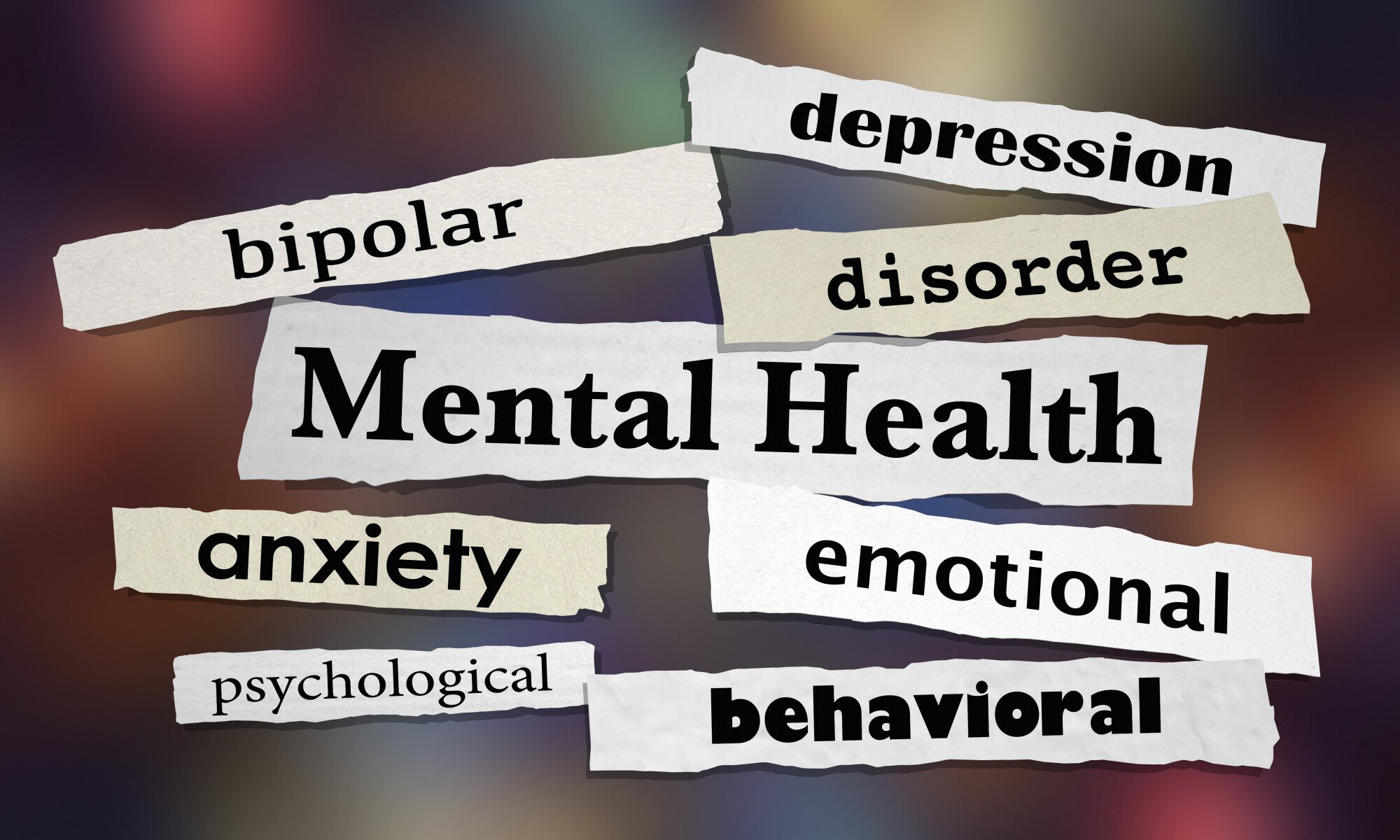Parental Attributes and Child Mental Health Treatment

A recent study found that a majority of children in mental health treatment drop out early. This problem is even more prevalent for children living in low-income households. The study looked at the relationship between sociodemographic characteristics and barriers to treatment use, as measured by the Kazdin Barriers to Treatment Participation Scale. The family-endorsed barriers reflected practical obstacles, and were also associated with lower attendance rates. Some critical events were also linked to lower attendance rates, including job change or child moving out of the home.
Once a diagnosis is made, parents should ask how they can best support their child's treatment. Often, parents are the only constant in a child's life. These parents are invaluable assets to the treatment team, as they know what works and what doesn't. They can also connect past successes and future dreams to current treatment. Meridian Healthcare providers advices parents to be the treatment team's case manager if he or she is willing to take the lead.
According to the GAO, two-thirds of states don't keep track of families who give up custody to get a child's mental health treatment. The problem, they say, is a "too-little-too-late" approach, meaning that states often try to treat children too late in their illness to prevent them from becoming homeless. The Hoy family's experience exemplifies this point.
In addition, there are a variety of methods for investigating parental attributions. Social cognitive theories of family health behaviour have suggested that parental attributions affect child mental health treatment utilisation. The two major categories of parent-attributions are child-responsible attributions and parent-referent attributions. Parental attributions play an important role in the willingness of parents to seek help for their child. However, this study is the first to investigate the relationship between child-responsible attributions and parental self-efficacy.
The stigma attached to child mental health disorders is higher than the stigma associated with physical illnesses. This stigma is most pronounced for disorders affecting the child's neurodevelopment. The resulting stigma makes child mental health treatment a difficult process, but it is an essential one. With proper treatment, parents can help their children overcome their struggles and become more involved in their lives. There are also a number of barriers to treatment that are often overlooked and should be addressed.
Many parents report that they did not know where to get help for their child. This lack of knowledge may be due to perceived stigma associated with mental health. The most common barriers for child mental health treatment include lack of access, perceptions of professionals as not listening, and unavailability of services. Furthermore, parents report that being listened to and receiving services directed to the child and family made a big difference. Meridian Healthcare treatment is the best way to help children overcome these obstacles and lead happier and more fulfilling lives.
The study also found that the likelihood of attendance increased after the child moved out of the home. This difference was significant when all other variables were held constant. For example, children who were referred to treatment by a caregiver who was supportive of the child moving out of the home were more likely to attend. There were also no differences in attendance among racial or ethnic groups, income categories, or health insurance coverage. Therefore, this study has the potential to identify barriers to treatment that could lead to higher attendance rates. If the topic is still not clear to you, open this link: https://www.encyclopedia.com/education/encyclopedias-almanacs-transcripts-and-maps/mental-health-services-and-children that demystify the topic.
